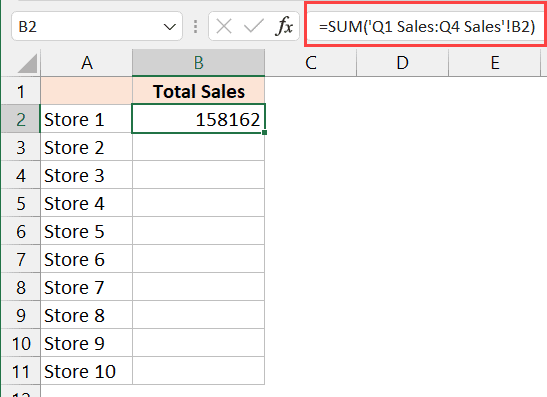5 Ways to Match Data in Excel Across Sheets

Excel is not just a tool for entering and storing data; it's a powerful platform for data analysis and data management. One of the most common tasks in Excel is to match and compare data across different sheets. Whether you're reconciling records, merging data from multiple sources, or looking to identify discrepancies, mastering the art of matching data can significantly boost your productivity. Here are five effective methods to match data in Excel across sheets:
1. Using VLOOKUP

VLOOKUP (Vertical Lookup) is one of the most popular functions for data matching in Excel. Here’s how you can use it:
- Ensure you have a common key (like ID, Employee Number, etc.) in both sheets.
- In the sheet where you want the matching data, enter the formula:
=VLOOKUP(lookup_value, table_array, col_index_num, [range_lookup])
Where:
- lookup_value is the value you are searching for.
- table_array is the range of columns where you’re searching for this value.
- col_index_num is the column number from which you want to retrieve the value.
- range_lookup is optional (True/False); use False for an exact match.
📌 Note: Make sure your VLOOKUP formula refers to the correct range or it might pull incorrect or outdated data.
2. INDEX-MATCH

While VLOOKUP is straightforward, INDEX-MATCH offers more flexibility, especially when dealing with horizontally arranged data:
=INDEX(return_range, MATCH(lookup_value, lookup_range, 0))
This formula combines:
- INDEX: Returns the value of an element in a table or array, selected by the row and column number indexes.
- MATCH: Looks up the position of a lookup_value in a row, column, or table, returning the relative position.
📌 Note: INDEX-MATCH allows you to search in either direction (row or column) and works with dynamic ranges or tables, making it more versatile.
3. Using Conditional Formatting

Sometimes, you might not need to pull data but rather visually compare it:
- Select the range in Sheet1 where you want to apply the formatting.
- Go to Home > Conditional Formatting > New Rule.
- Choose “Use a formula to determine which cells to format.”
- Enter a formula like
=ISERROR(MATCH(A1, Sheet2!A:A, 0))
- Set the formatting to highlight the cells where there’s a mismatch.
4. Power Query

For larger datasets, Power Query (in Excel 2010 and later) provides a robust method for merging data:
- Select Data > Get Data > From File > From Workbook to load both sheets.
- Merge the queries by selecting Home > Merge Queries, specifying the common key.
- Choose how to handle unmatched rows.
- Load the result back into Excel as a new table.
| Action | Description |
|---|---|
| Load Query | Bring data into Power Query from multiple sheets or files. |
| Merge Queries | Combine datasets based on matching keys. |
| Load Result | Save the merged query as a table in Excel. |

5. XLOOKUP (For Office 365 Users)

The newer XLOOKUP function is more versatile than VLOOKUP and doesn’t have some of its limitations:
=XLOOKUP(lookup_value, lookup_array, return_array, [if_not_found], [match_mode], [search_mode])
Where:
- if_not_found is optional to specify what to return if no match is found.
- match_mode can be set for exact match, next smaller item, etc.
- search_mode can control search direction or allow for wildcards.
📌 Note: XLOOKUP is available only in the latest versions of Excel. If you're working with older versions, VLOOKUP or INDEX-MATCH are your best alternatives.
To wrap up, these methods cater to different scenarios in data matching within Excel. From simple lookups to complex data integration, Excel provides tools for every level of user. Whether you're dealing with small datasets or large, corporate-level data merging, the choice of method depends on your dataset size, the complexity of your matching criteria, and the version of Excel you're using. By mastering these techniques, you'll enhance your ability to work efficiently with data, ensuring accuracy and saving time in your data analysis tasks.
What if I don’t have any common keys between my sheets?

+
If there’s no direct key to match data, consider creating one. You might look for indirect identifiers or add a calculated column based on existing data. Alternatively, look for data that logically relates the sheets like dates or names, which can sometimes be used as keys.
Can I match data across multiple sheets in different workbooks?

+
Yes, you can. Use external references in VLOOKUP or INDEX-MATCH functions, or in Power Query, you can import data from multiple workbooks and then merge them.
How do I deal with case sensitivity in matching data?

+
By default, Excel functions like VLOOKUP or INDEX-MATCH are not case-sensitive. For case-sensitive matching, you can use EXACT() function in combination with your lookup method or manipulate data prior to matching by changing case to ensure consistency.



